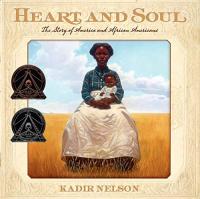
Biography
Kadir Nelson was born in Washington, D.C. and grew up in New Jersey and San Diego. From an early age, Kadir spent much of his time drawing and painting. Both his uncle and his high school art teacher taught him important artistic principles and techniques, including how to paint with oils. After developing an impressive portfolio during high school, Kadir Nelson earned a partial scholarship to the prestigious Pratt Institute in Brooklyn, New York.
Nelson initially enrolled at Pratt as an architecture major because he had heard how hard it was to make ends meet as an artist. Yet during his freshman year, he took the risk and changed his major to illustration. Within weeks of graduation, Kadir Nelson began earning an income through art. He did freelance illustrations for Sports Illustrated magazine and was hired as a visual development artist for the 1997 movie Amistad. While working on Amistad, actress and choreographer Debbie Allen asked Nelson to illustrate a children’s book she had written. In 1999 Nelson’s illustrations were published in the picture book Brothers of the Knight.
Since his mid-20s, Kadir Nelson’s artwork has been in high demand. Eddie Murphy, Queen Latifah, Denzel Washington, Shaquille O’Neal, and other celebrities have purchased his paintings. Nelson has also illustrated picture books by recognizable names like Will Smith and Spike Lee.
In 2004 Nelson won a Coretta Scott King Illustration Award for Ellington was not a street. In 2007 and 2008 he received back-to-back Caldecott Honors for his illustrations in Moses: When Harriet Tubman Led Her People to and Henry’s Freedom Box. In 2009, his book We Are the Ship: The Story of Negro League Baseball — which he wrote and illustrated —was awarded the 2009 Coretta Scott King Author Award and the 2009 Robert F. Sibert Informational Book Award. Nelson received the 2012 Coretta Scott King Award for writing and illustrating Heart and Soul: The Story of America and African Americans. And, in 2020, he won the Caldecott Medal and the Coretta Scott King Award for his illustrations in The Undefeated.
His paintings are in the private and public permanent collections of several notable institutions including the Muskegon Museum of Art, The National Baseball Hall of Fame in Cooperstown, the International Olympic Committee, the US House of Representatives, the Smithsonian National Portrait Gallery, and the National Museum of African American History and Culture.
In December of 2014, Nelson’s striking painting of the late Nelson Mandela was featured on the cover of the New Yorker magazine. Within months, Nelson was asked by the magazine to create an updated painting of the magazine’s dandy, Eustace Tilley which was featured on the magazine’s 90th anniversary cover in February 2015. He also created artwork for Michael Jackson’s posthumously released album, “Michael,” and recording artist Drake’s, “Nothing Was The Same.”
Nelson states, “I feel that art’s highest function is that of a mirror, reflecting the innermost beauty and divinity of the human spirit; and is most effective when it calls the viewer to remember one’s highest self. I choose subject matter that has emotional and spiritual resonance and focuses on the journey of the hero as it relates to the personal and collective stories of people.“
Kadir Nelson currently lives in Los Angeles, California.
Books by this illustrator

A Nation’s Hope: The Story of Boxing Legend Joe Louis
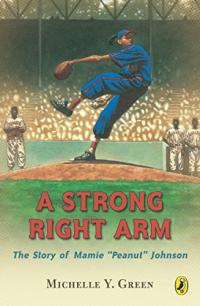
A Strong Right Arm: The Story of Mamie “Peanut” Johnson
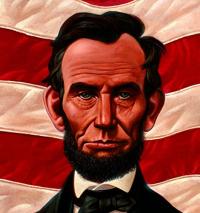
Abe’s Honest Words
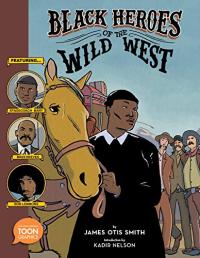
Black Heroes of the Wild West
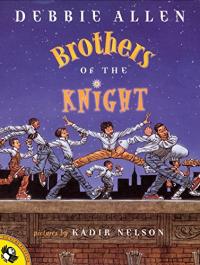
Brothers of the Knight

Coretta Scott

Crazy Horse’s Vision
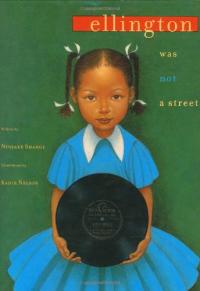
Ellington Was Not a Street

Henry’s Freedom Box
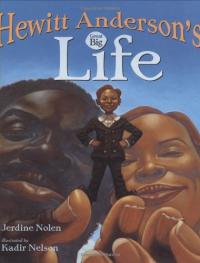
Hewitt Anderson’s Great Big Life
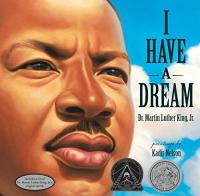
I Have a Dream

Just the Two of Us
Find this author’s books on these booklists
Themed Booklist
Selected Books for Black History Month
Themed Booklist
Standing Tall
Themed Booklist

